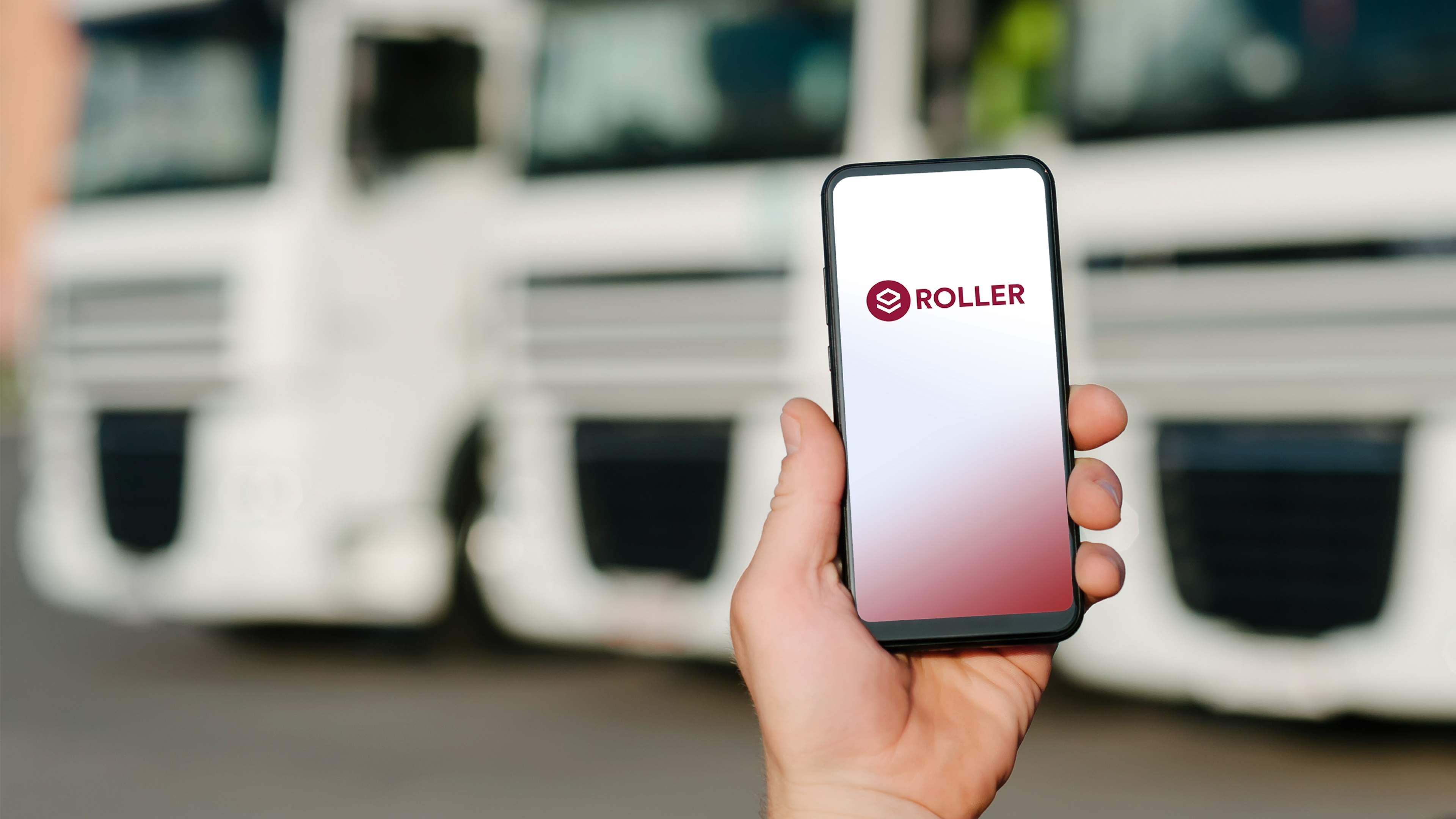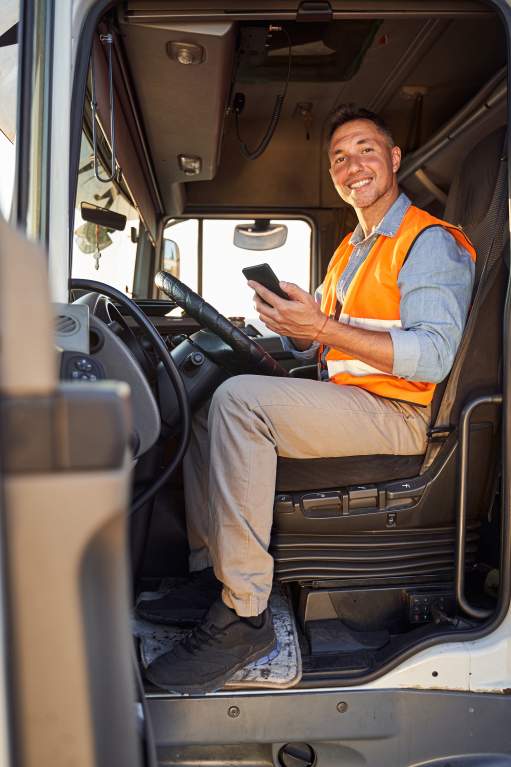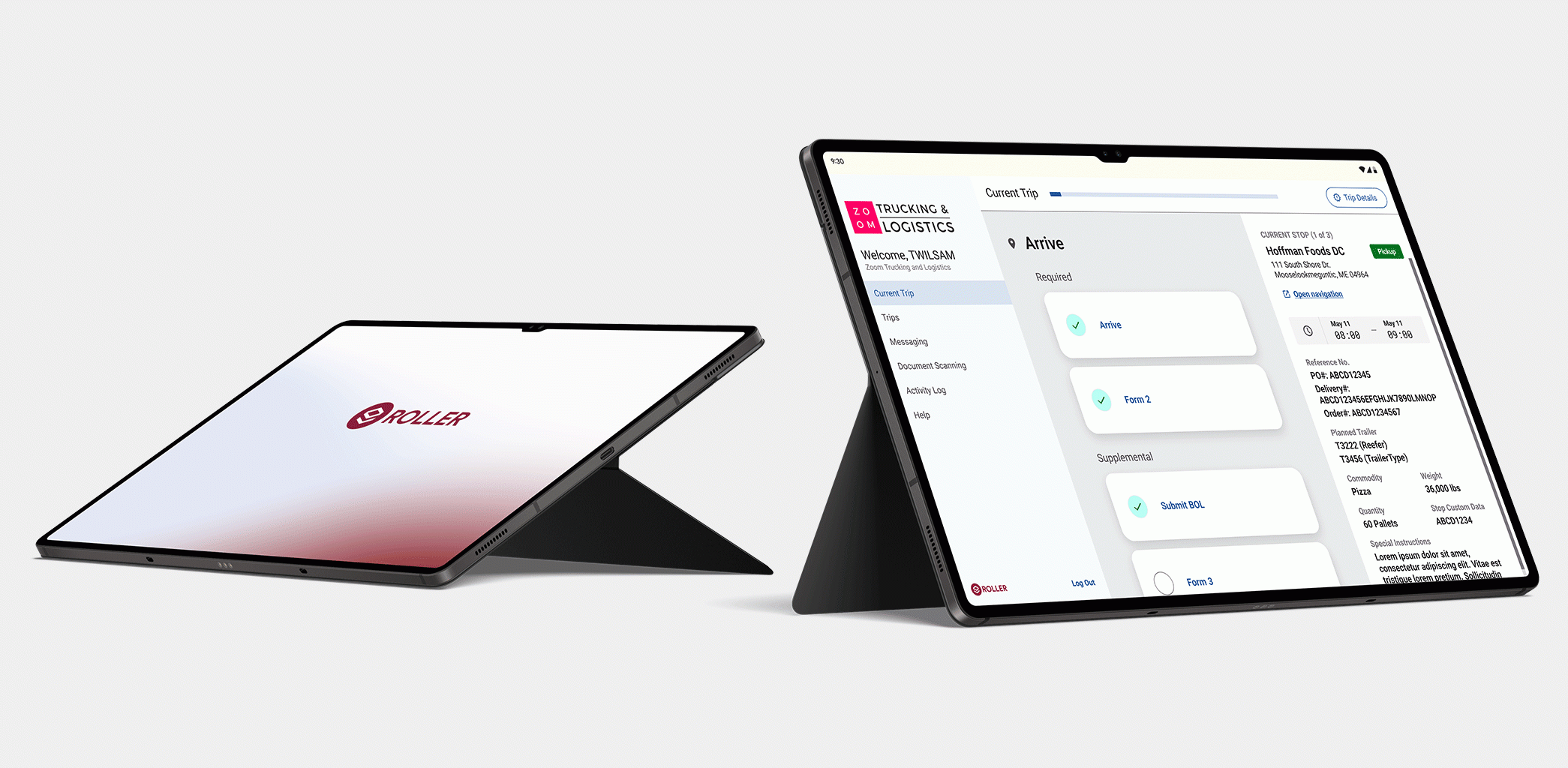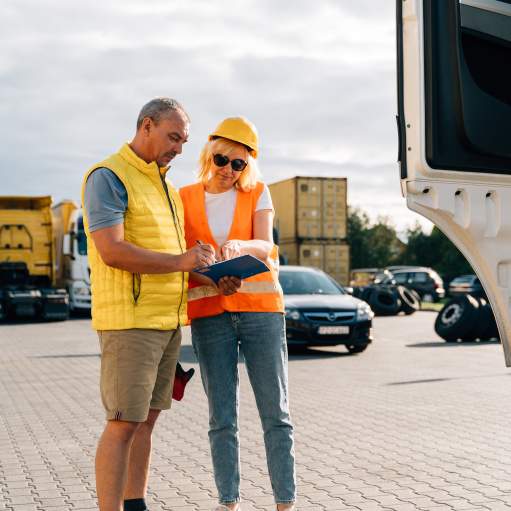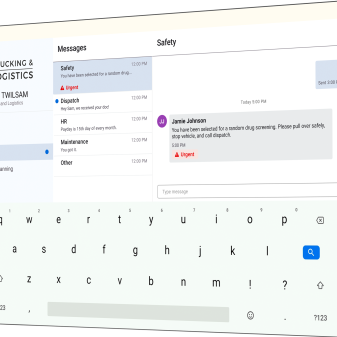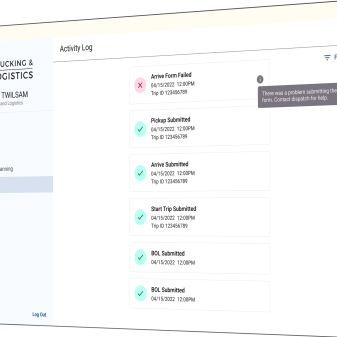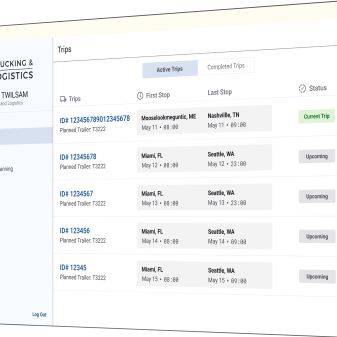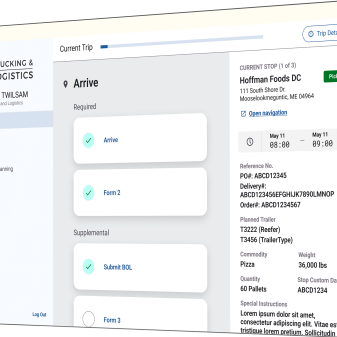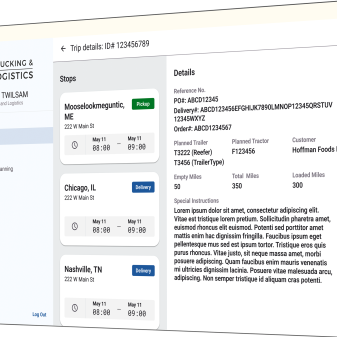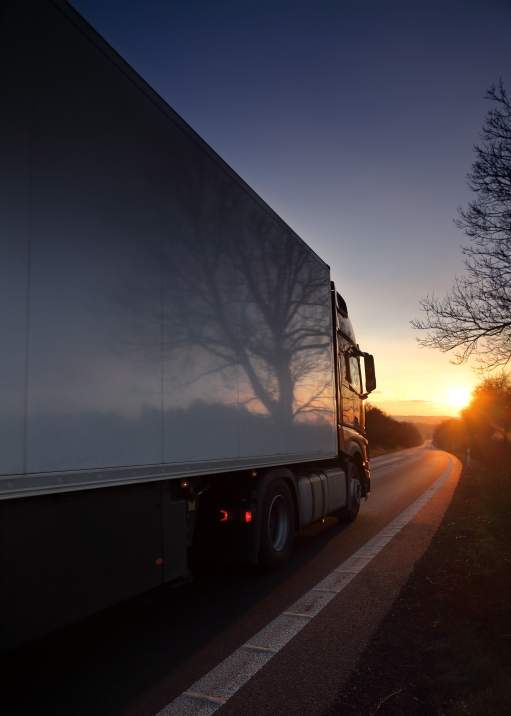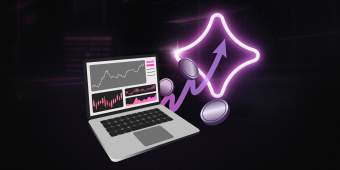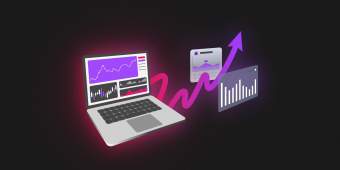Motorcity Systems is an innovative, Michigan-based software and integration solutions provider for trucking companies. Its goal: to help improve the operations of customers through modern, cloud-based software and digital solutions that make the lives of fleet dispatchers and drivers easier.
Why this goal? High driver turnover creates major operational challenges felt by large and small fleets. To demonstrate a commitment to drivers—the most important asset—and improve their overall work experience, fleets need to equip them with specialized tools to streamline and lighten their workload.
One major pain point for drivers is communication. The tools they have make it difficult to contact dispatchers and manage workflows such as pre- and post-trip paperwork. Motorcity already had a modern communication app called RELAY for the dispatch operation. RELAY™ unifies messages into one searchable database. Driver details like current location with a clickable map, HOS status, and contact information are featured on a card readily available with a simple hover throughout many of the screens in RELAY. But Motorcity wanted that data-driven experience accessible in a mobile app for the driver side.
Motorcity’s idea: create a driver-centric mobile application that builds on its existing software platform and improves the driver experience, starting with communication.
The company began to search for a partner to accelerate the development and launch of the native mobile app for its platform. That’s when the team turned to TXI.
